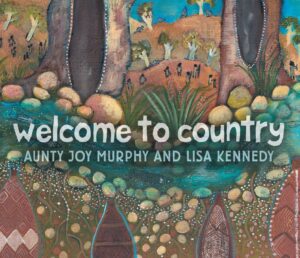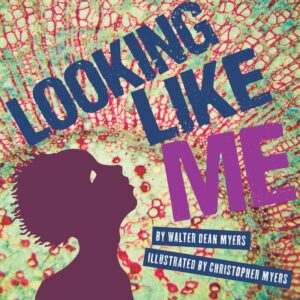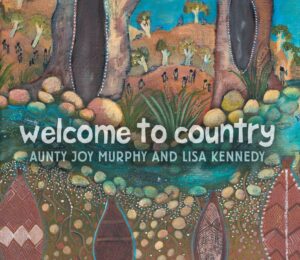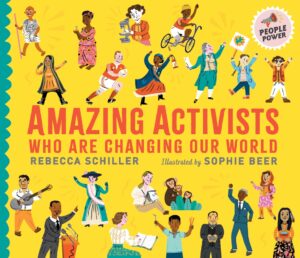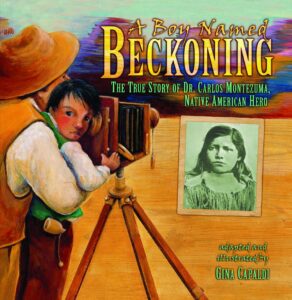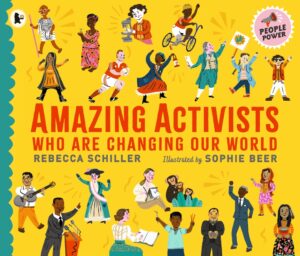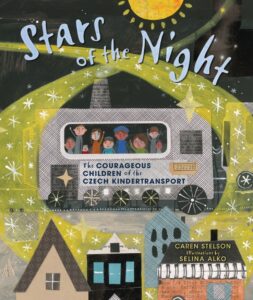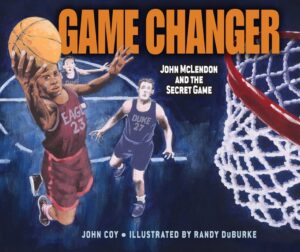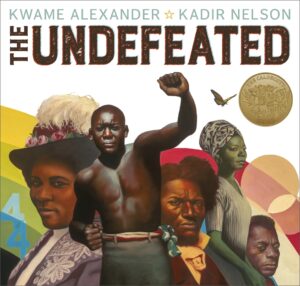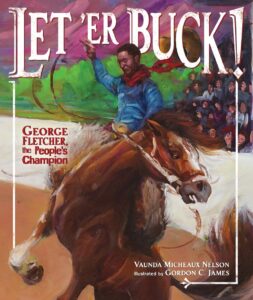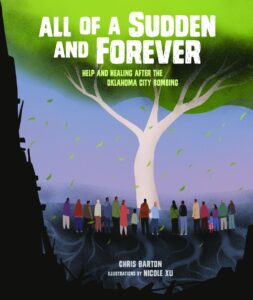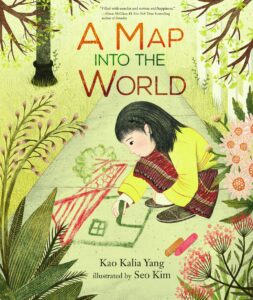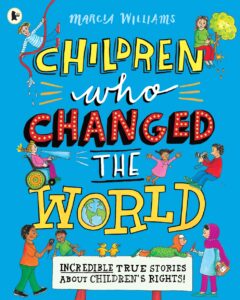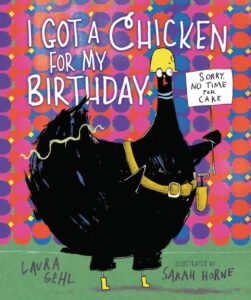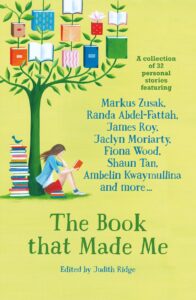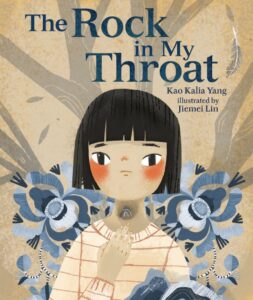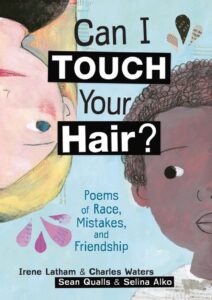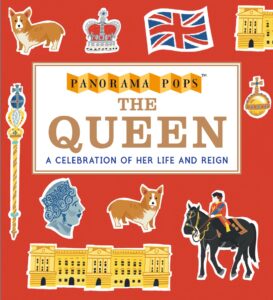Red Bird Sings
The Story of Zitkala-Ša, Native American Author, Musician, and Activist
Age 8+
People & Places
"I remember the day I lost my spirit."
So begins the story of Gertrude Simmons, also known as Zitkala-Ša, which means Red Bird. Born in 1876 on the Yankton Sioux reservation in South Dakota, Zitkala-Ša willingly left her home at age eight to go to a boarding school in Indiana. But she soon found herself caught between two worlds—white and Native American.
At school she missed her mother and her traditional life, but Zitkala-Ša found joy in music classes. "My wounded spirit soared like a bird as I practiced the piano and violin," she wrote. Her talent grew, and when she graduated, she became a music teacher, composer, and performer.
Zitkala-Ša found she could also "sing" to help her people by writing stories and giving speeches. As an adult, she worked as an activist for Native American rights, seeking to build a bridge between cultures.
The coauthors tell Zitkala-Ša’s life by weaving together pieces from her own stories. The artist's acrylic illustrations and collages of photos and primary source documents round out the vivid portrait of Zitkala-Ša, a frightened child whose spirit "would rise again, stronger and wiser for the wounds it had suffered."
Creators
As a freelance artist, Gina Capaldi has written and illustrated nonfiction, educational, and picture books. She lives in Southern California.
Q. L. Pearce is the author of more than 100 nonfiction books for children on the subjects of science, literature, history, and values. Her published fiction includes more than a dozen collections of scary stories and mysteries. Q is the Assistant Regional Advisor in the Orange County region of the Society of Children's Book Writers and Illustrators in Southern California.
Reviews
Capaldi and Pearce document the life of Gertrude Simmons, an author, musician, and activist best known by her pen name, Zitkala-Sa (Red Bird). Drawing from semiautobiographical stories that Zitkala-Sa wrote for the Atlantic Monthly in the early 1900s, Capaldi and Pearce eloquently describe her experience at a Quaker boarding school, where she laments the loss of her culture, but also develops passions for violin and women’s suffrage. Reconciling her new identity with her roots, she writes and stages ‘The Sun Dance Opera; and advocates for Native American rights. Capaldi’s understated illustrations integrate solid colors and doll-like characterizations with reproductions of period materials, while appended information on Zitkala-Sa rounds out this fascinating portrait.
Publishers Weekly
Adapted from her writings, this illustrated book tells the courageous story of Zitkala-Sa, also known as Gertrude Simmons Bonnin. Capaldi has illustrated the book throughout with richly colored paintings that capture the essence of the accompanying storyline. Assimilation into the dominant culture is not glossed over but handled in a delicate manner that accentuates the enormous obstacles Bonnin overcame. Bonnin is portrayed as a strong woman who fought not only for Native American rights but also for women’s rights. Bonnin’s gifts as a speaker, author, and musician helped to persuade people to believe in the power of her message. This title will fill the gap in most libraries of strong, non-stereotypical Native American role models. A bibliography and further readings are included.
Library Media Connection
This picture book adaptation of three of Zitkala-Ša’s semiautobiographical stories (published in the early 1900s) begins with the Native American girl’s 1884 enrollment in a Quaker-run boarding school. Music, along with oratory skills, rekindled her ancestral spirit and prompted a life devoted to Native American rights. Sheet music, maps, and photographs are thoughtfully incorporated into the acrylic illustrations in this emotion-stirring biography.
The Horn Book Guide


